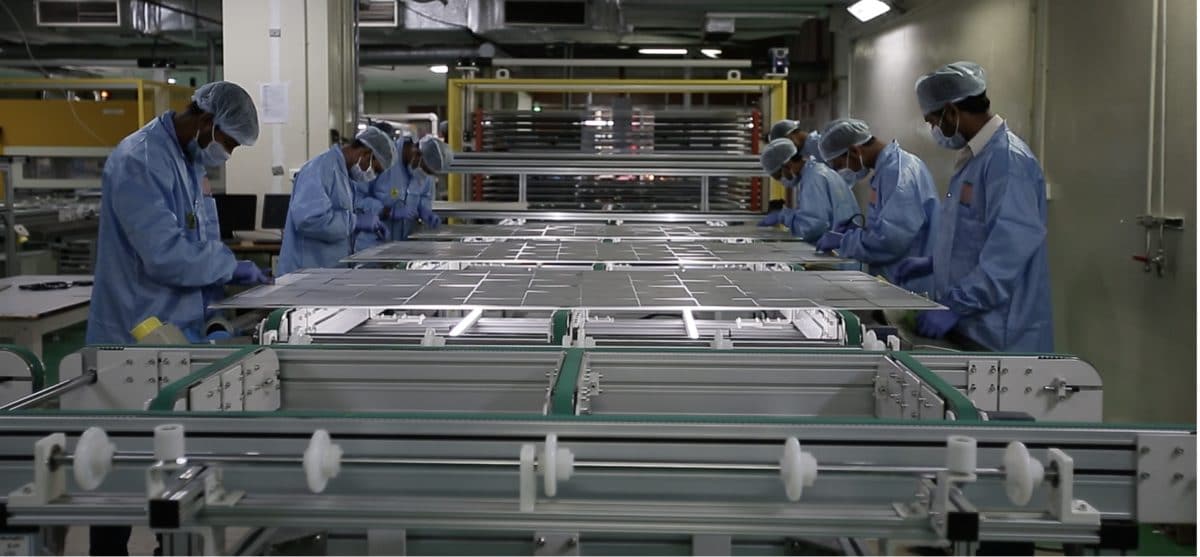Websol Energy Systems has reported a profit-after-tax of INR 6.56 crore during the year 2019-20 against an INR 28.95-crore loss in the previous year. The revenue increased to INR 206.44 crore compared to INR 85.85 crore in the previous year, a staggering 140% increase.
The West Bengal-based crystalline solar cells and modules manufacturer has 280 MW of cell line and 250 MW of fully automated module line capacity.
The manufacturer, which also exports to the USA and Europe, attributes the profitability to its business transformation in the wake of a challenging environment with US tariffs on PV module imports from India.
“The company needed to address the reality of US safeguard duty on the export of solar cells and modules from India, customs duty on imported solar energy equipment and the quantum of local content in solar energy projects. In this challenging environment, the company prudently selected to stop the manufacture, a decision that may have affected the company’s profitability for a short period of time on account of the overheads that it was compelled to incur, but protected the company from a larger financial burden,” said Websol Energy Systems managing director Sohan Lal Agarwal.
“In this environment, the company transformed its business model and selected to enter into conversion agreements for customers who provided the raw material for the company to convert in exchange for a tolling remuneration paid to the company.”
Going forward, the company also expects to report a considerably better FY2020-21, with capacity utilization increased to around 70% from 60% in FY 2019-20.
Technology focus
In the current financial year, Websol intends to increase the wafer size to 158.75×158.75 mm2 to enable higher-output modules. Next year, it plans to embrace PERC (passivated emitter rear contact) technology to improve cell efficiency.
The manufacturer—which has increased its wafer size from 156×156 mm2 to 157×157 mm2over the last few years—expects manufacturing of larger cells (158.75×158.75 mm2) following equipment modification to translate into a 10W increase leading to 340-watt output.
“We believe that following these improvements and the protective customs tariff on imported equipment, the cells and modules manufactured by the company should be competitive with their equivalents manufactured in China, the basis of the company’s business sustainability. The result is that what was a pricing differential of 25% between the landed cost of Chinese solar products and our price a few years ago is likely to decline to nil during FY 2020-21,” Agarwal said.
Besides, in FY 2021-22, the company intends to enhance its capacity utilization to around 90% in 2021.
This content is protected by copyright and may not be reused. If you want to cooperate with us and would like to reuse some of our content, please contact: editors@pv-magazine.com.









By submitting this form you agree to pv magazine using your data for the purposes of publishing your comment.
Your personal data will only be disclosed or otherwise transmitted to third parties for the purposes of spam filtering or if this is necessary for technical maintenance of the website. Any other transfer to third parties will not take place unless this is justified on the basis of applicable data protection regulations or if pv magazine is legally obliged to do so.
You may revoke this consent at any time with effect for the future, in which case your personal data will be deleted immediately. Otherwise, your data will be deleted if pv magazine has processed your request or the purpose of data storage is fulfilled.
Further information on data privacy can be found in our Data Protection Policy.